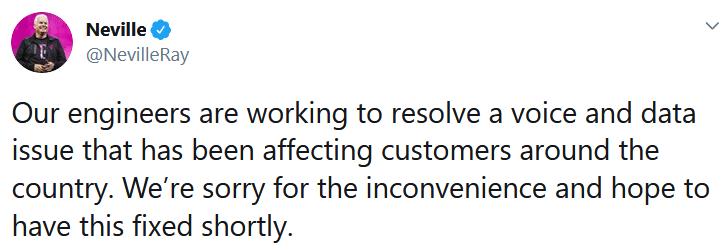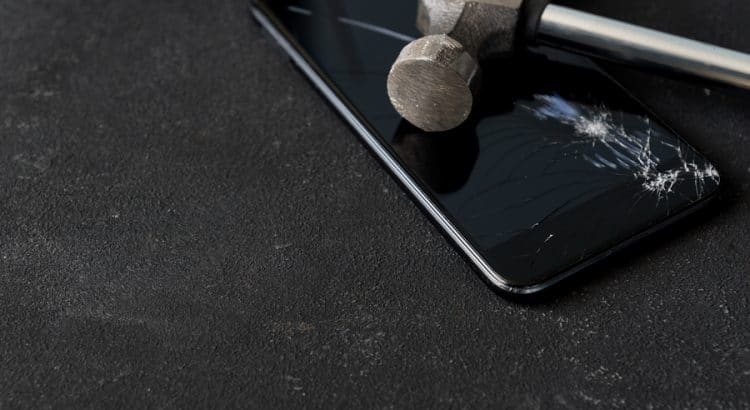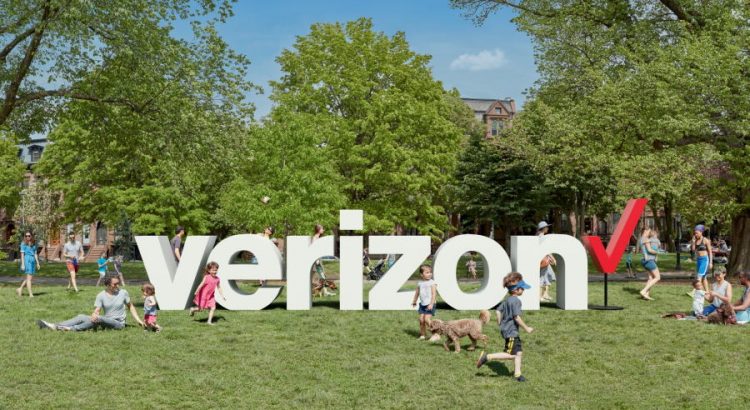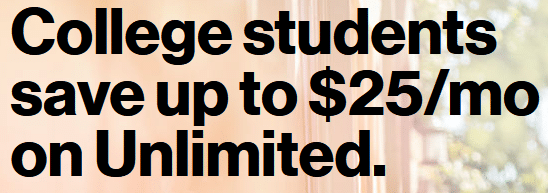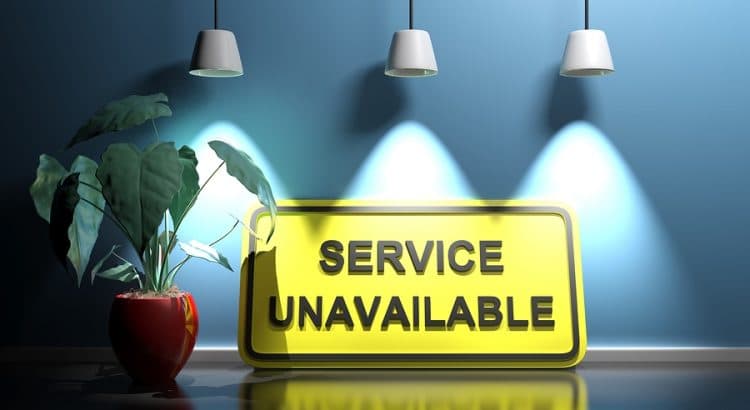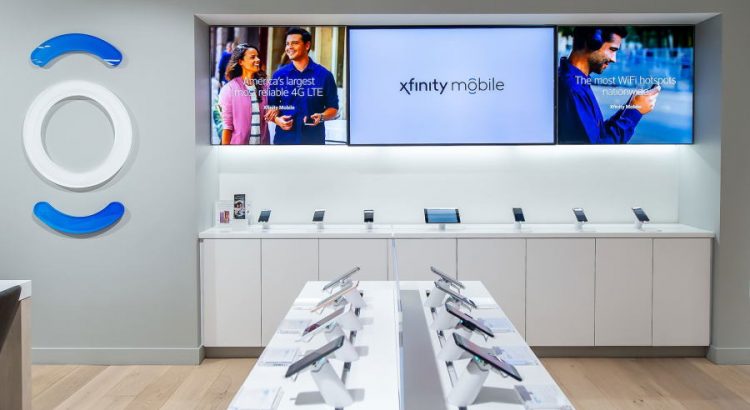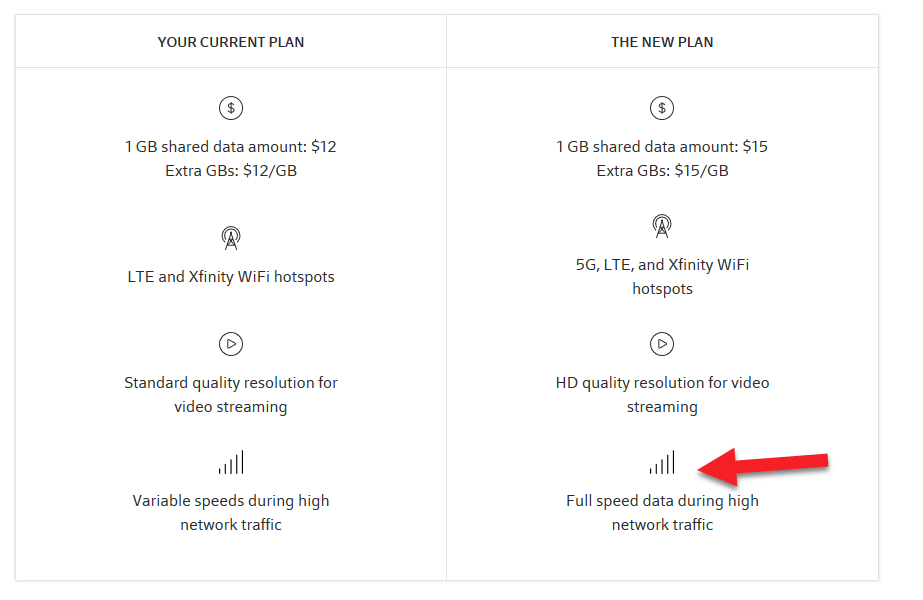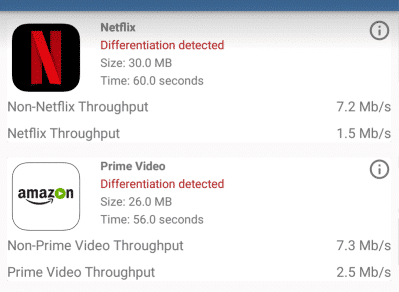Yesterday, T-Mobile experienced a serious network outage beginning around 10am MT. The outage persisted through most of the day and primarily affected voice and text services.
Around 11pm MT, T-Mobile announced that outage was over:
What caused the outage?
A lot of speculation was floating around yesterday. Some Twitter users, including a congressman, suggested there was a huge distributed denial-of-service attack causing trouble for U.S. networks. This story never made much sense.
Others speculated that a massive network failure was causing issues for all the major cellular operators. This idea was based on information from the website Downdetector, an entity that aggregates user complaints in real-time. Downdetector suggested that customer complaints about Verizon and AT&T were increasing at the same time that T-Mobile was experiencing issues.
Here’s how Downdectector describes its methodology:
I expect the customer complaints about Verizon and AT&T were ultimately caused by T-Mobile’s network issues. Verizon and AT&T customers may have tried to call T-Mobile customers, then thought their own carriers (rather than T-Mobile) were at fault when calls failed.
Both AT&T and Verizon made statements suggesting that their networks were operating normally.
Updates from T-Mobile & the FCC
Yesterday evening, T-Mobile’s CEO, Mike Sievert, gave a vague explanation of what caused the outage:
The outage was likely triggered as T-Mobile took steps to merge Sprint’s technology and/or customer base into the New T-Mobile. I haven’t heard any further information about the outage from a plausible-looking source, but details may come out soon. Ajit Pai, the FCC Chairman, shared the following tweet last night:
The T-Mobile network outage is unacceptable. The @FCC is launching an investigation. We're demanding answers—and so are American consumers.
— Ajit Pai (@AjitPaiFCC) June 16, 2020


